Cerro Lindo
Underground Sublevel Stope Optimization
Project - Chincha, PeruDesigned openings and dilution control for stopes without personnel entry.
Learn More
This website uses cookies to enhance browsing experience. Read below to see what cookies we recommend using and choose which to allow.
By clicking Accept All, you'll allow use of all our cookies in terms of our Privacy Notice.
Essential Cookies
Analytics Cookies
Marketing Cookies
Essential Cookies
Analytics Cookies
Marketing Cookies
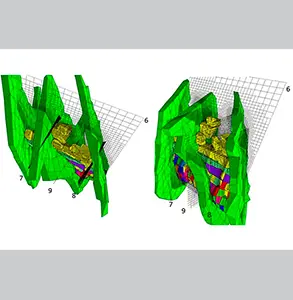
Underground Sublevel Stope Optimization
Project - Chincha, PeruDesigned openings and dilution control for stopes without personnel entry.
Learn More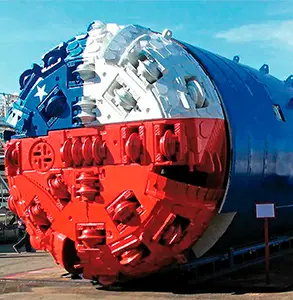
Conceptual and Basic Engineering Design
Project - Andes Mountains, ChileTBM construction of an 8 km exploration tunnel with a 4.5 m excavation diameter
Learn More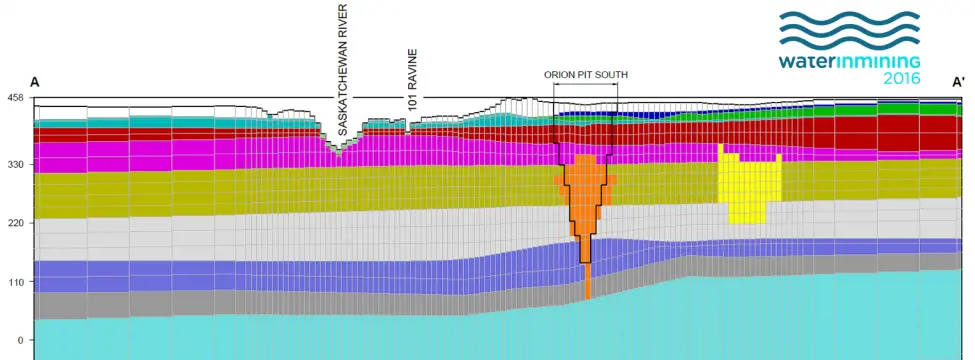
Vladimir Ugorets, Cristian Pereira - May 2016
PublicationThe hydrogeology of the project area is comprised of two water-bearing systems.
Learn More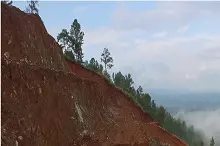
Alejandro Kerguelén, Iñaki Garcia, Alejo Sfriso - October 2016
Publication - Published PaperResidual soils and saprolites are common in lateritic nickel deposits and notorious for their heterogeneity in configuration and mechanical properties, mostly due to bedrock genesis and highly variable weathering stages.
Learn More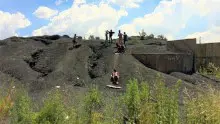
Andrew van Zyl, Norman McGeorge - June 2020
Publication - ArticleOn South Africa’s energy landscape, a vision is taking shape – to not just a move away from burning coal for power, but to do so in a way that creates opportunities for those with the most to lose.
Learn MoreAndrew van Zyl, Norman McGeorge, Lisl Fair, Jessica Edwards - July 2020
Publication - ArticleEskom’s announcement was generally welcomed as one of the necessary steps on the road towards meeting the country's environmental commitments as a signatory to the Paris Accord.
Learn MoreAndrew van Zyl, Marcin Wertz - February 2020
Publication - ArticleVolatile commodity markets unsettled by fast-moving technologies and geopolitical instability are demanding that new mineral projects adopt a flexible approach based on high-quality technical studies.
Learn MoreAndrew van Zyl, Marcin Wertz, Lisl Fair, Jessica Edwards - November 2019
Publication - ArticleClimate change and population growth have significant potential to be destabilising factors in Africa and can affect water sources, agricultural land and subsistence farming adversely, resulting in population displacement.
Learn MoreLindsay Linzer, M.W. Hildyard, S.M. Spottiswoode, J. Wesseloo - January 2020
Publication - Published PaperIt is widely accepted that the majority of mining-induced seismic events are shear-type events. As a result, the classical shear-slip model has been used to explain mining-induced seismicity worldwide since 1975 (Spottiswoode and McGarr, 1975).
Learn More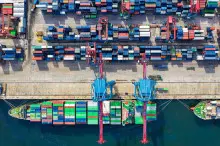
Andrew van Zyl, Lisl Fair, Jeff Geipel - March 2021
Publication - ArticleMines are increasingly required to implement programmes showing good practice in local procurement. International standards – as well as local policy and regulation – provide requirements and guidelines, but what really works in the field?
Learn More